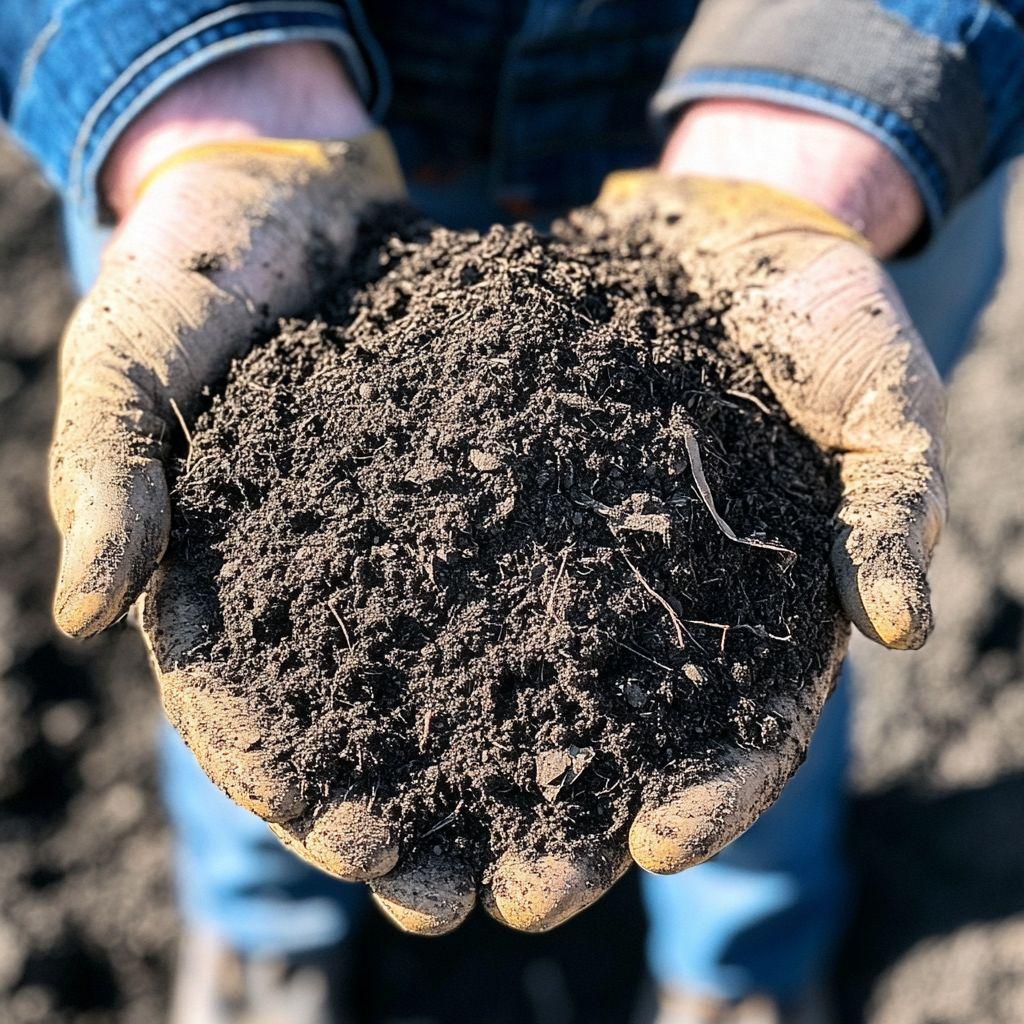Build Better Gardens with Quality Topsoil
Top soil is the lifeblood of any thriving garden. It's the uppermost layer of soil, rich in organic matter and nutrients.
But what makes it so crucial for healthy gardens?
Top soil provides the necessary structure for root systems to grow and access water and nutrients. It's the foundation for your plants to flourish.
In this guide, we'll explore the importance of top soil, how to choose the right one for your garden, and where to find topsoil close to you. Let's dig in.
Understanding Top Soil and Its Importance
Top soil is the very essence of productive gardening. It's teeming with organic matter and essential nutrients. This rich layer serves as a bedrock for plant life.
The health of your garden starts with the quality of its top soil. It facilitates water retention and improves soil structure. This ensures your plants receive the moisture they need.
Moreover, top soil helps with proper drainage. It prevents waterlogging, which can be harmful to plants, leading to root rot. This balance is key to a thriving garden.
A garden’s growth and productivity largely depend on this soil layer. Roots can expand freely, accessing oxygen and nutrients. This enhances plant growth and health.
Understanding the importance of top soil means recognizing its role as a nutrient provider. A good top layer offers support to your plants' ecosystems, making them flourish. It’s the foundation of any successful gardening endeavor.
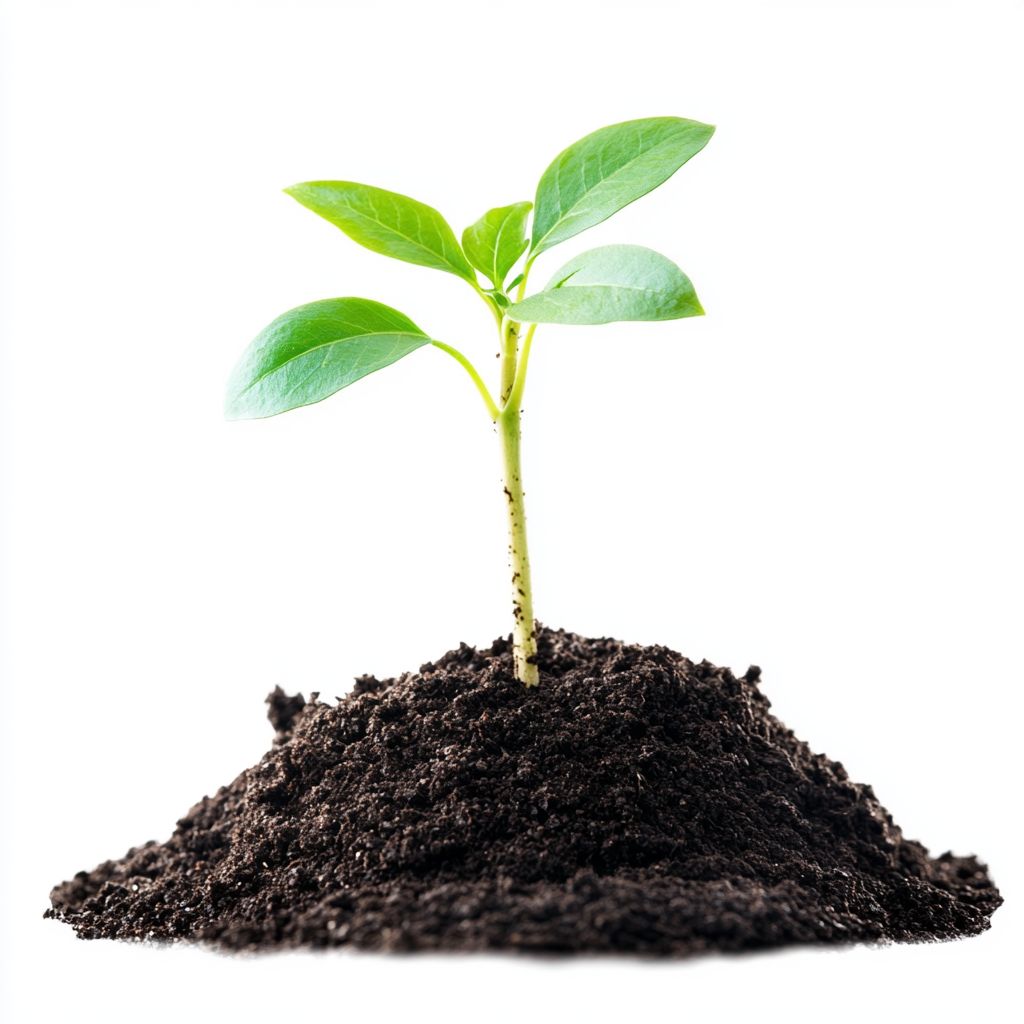
Types of Top Soil and Their Uses
There are various types of top soil, each suited for different needs. Knowing which to choose can enhance your garden significantly. The right type supports diverse plant life.
Loam soil is a popular choice among gardeners. It's a balanced mix of sand, silt, and clay. This blend provides excellent drainage and nutrient availability.
Here are some common types of top soil and their specific uses:
- Loam soil: Ideal for most gardens.
- Sandy soil: Good for drought-prone areas.
- Clay soil: Retains moisture well.
- Silt soil: Rich in nutrients, perfect for lush growth.
Sandy soil is another variety with quick drainage. It's suitable for areas with frequent rain. However, it may require more frequent watering.
Clay soil retains water longer, useful in dry climates. It holds nutrients, making it beneficial for some plant types. Each type of top soil offers its own unique advantages. Consider your specific gardening requirements when choosing.
How to Choose the Right Top Soil for Your Garden
Choosing the perfect top soil involves understanding your garden's specific needs. Start by assessing your garden's current soil condition. Look for indicators like texture and drainage capacity.
Next, consider the plants you wish to grow. Different plants have different soil preferences. For instance, vegetables generally thrive in loam soil due to its balanced composition.
pH level is another crucial factor in selecting top soil. Test your current soil's pH, and choose top soil that complements it. This step ensures that nutrients are readily available to plants.
Additionally, think about any existing soil amendments you might need. Compost can enhance organic content, while peat moss can improve drainage. Tailor your top soil selection to these amendments for optimal growth.
Lastly, research and consult with local soil suppliers. They can provide valuable insights into the best topsoil options for your area's unique conditions. This informed choice will support a healthy and vibrant garden.
Where to Find Topsoil Close to You
Finding topsoil nearby requires a strategic approach. Start by searching online for "soil near me" or "garden soil for sale." This can reveal numerous options, including garden centers and landscaping suppliers.
Local garden centers often stock a variety of topsoil types. They may also offer expert advice tailored to your region's specific gardening needs.
Landscaping suppliers are another reliable source for topsoil. They frequently provide a range of soil products, including bulk options for larger projects.
Don't overlook online retailers either. Many offer delivery services, bringing topsoil right to your doorstep. This convenience can save you considerable time and effort, especially if access to transportation is limited.
The Cost of Top Soil: Budgeting for Your Garden
When planning a garden project, understanding the cost of top soil is crucial. Prices can vary widely depending on factors such as soil type and quality. Knowing what affects the cost helps in making an informed decision.
Topsoil price per cubic meter can fluctuate based on local availability and supplier. Regional factors such as transportation costs also play a role in determining the final price.
Comparing prices from different suppliers is a smart move. This ensures you get the best deal for your specific garden needs. Online reviews can provide insight into the quality of soil offered by various suppliers.
Don't forget about bulk purchase options. Buying large quantities can sometimes earn you discounts, making it a cost-effective strategy for bigger gardening tasks.
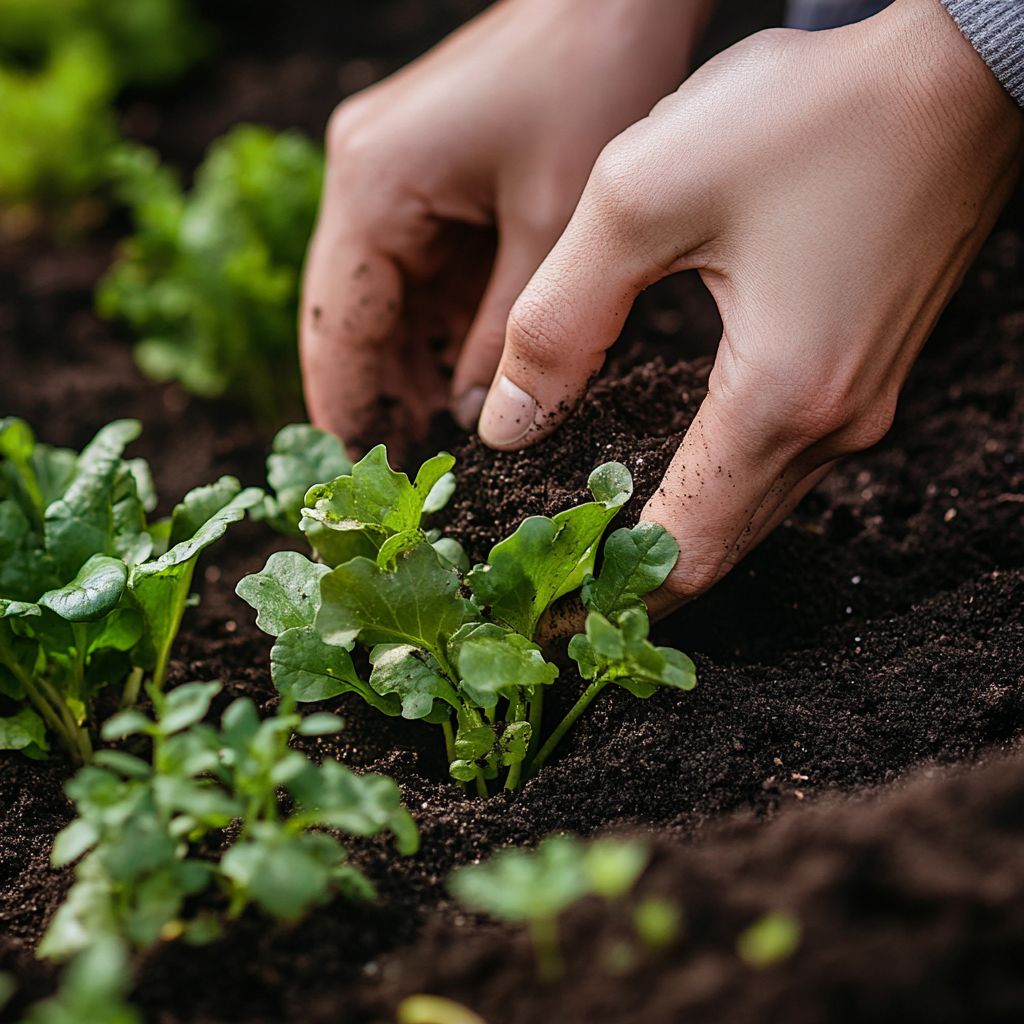
Bulk Dirt and Large Quantity Purchases: What You Need to Know
Purchasing bulk dirt can save both time and money for large gardening projects. When embarking on extensive landscaping, consider buying soil in large quantities. Bulk purchases offer cost advantages and efficiency.
Before buying, evaluate the soil supply needed. Overestimating can lead to wasted resources and unnecessary expense. Planning accordingly will help you manage both budget and materials effectively.
Look for suppliers who offer competitive pricing on bulk soil. Wholesale deals can often lead to significant savings. Check if discounts are available for large orders, which can further reduce overall costs.
Consider the logistics of receiving bulk dirt. Ensure that delivery options fit your schedule and site access requirements. Arrange for delivery at convenient times to minimize disruptions in your gardening activities.
Delivery Options: Getting Garden Soil to Your Doorstep
Getting garden soil delivered has never been easier. Many suppliers offer various dirt delivery services tailored to your needs. These services make acquiring topsoil convenient for any garden project.
Before selecting a soil delivery option, consider the size and access of your garden. Some companies provide doorstep delivery, while others may deliver directly to your garden site. Choose a service that best suits your layout and access points.
Plan delivery timing to align with your planting schedule. Quick delivery ensures you can start planting promptly, avoiding delays in your gardening plans. Coordinate closely with the supplier for a seamless process.
Review the delivery costs and policies before committing. Some services may offer free delivery depending on your location or order size. It's wise to confirm such details to avoid unexpected charges.
Sustainable Gardening: Choosing Eco-Friendly Top Soil
Eco-friendly gardening is gaining importance for environmental health. Choosing sustainable top soil is a key step in this direction. It supports your garden while minimizing ecological impact.
Look for soil suppliers who prioritize sustainable practices. They usually offer organic top soil, free from harmful chemicals. This choice is safer for your plants and the surrounding ecosystem.
Additionally, consider the source of the top soil. Opt for suppliers who use locally sourced materials. This reduces the carbon footprint associated with transportation.
Finally, inquire about packaging options. Bulk purchases or biodegradable bags can help reduce plastic waste. These small steps contribute significantly to sustainable gardening efforts.
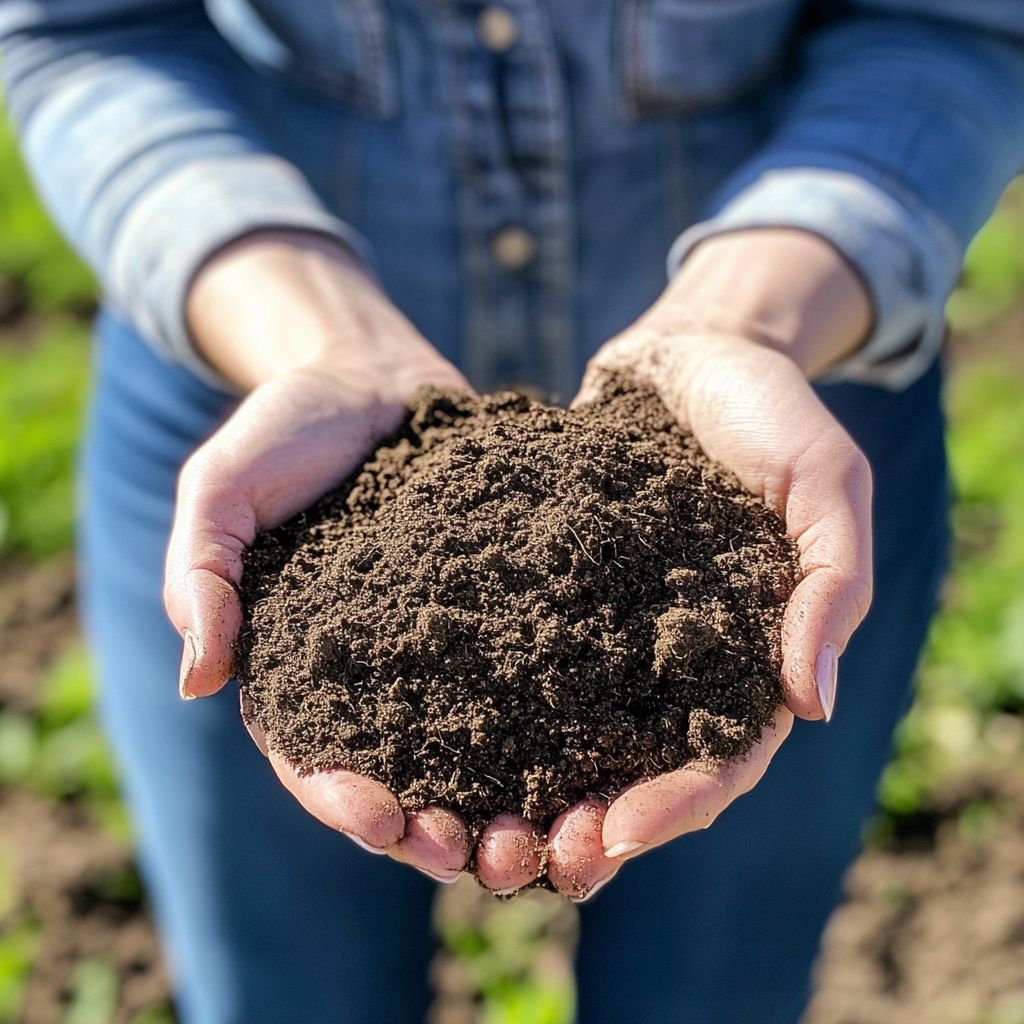
FAQs: Common Questions About Buying and Using Top Soil
Deciding to buy soil raises many questions. Here's a quick guide to some common inquiries. It covers essentials about top soil acquisition and usage.
- What is the best top soil for gardens? High-quality loam soil, a balance of sand, silt, and clay, is ideal. It's fertile and drains well, perfect for most plants.
- How much top soil do I need? Estimate the area and depth you need to cover. Most suppliers can help you calculate this.
- Can top soil vary in quality? Yes, quality varies. Always buy from reputable suppliers for consistent, nutrient-rich soil.
- How do I store leftover top soil? Store it in a dry, shaded area to prevent nutrient loss. Moisture and sunlight can degrade its quality.
- Is delivery available for bulk purchases? Yes, many suppliers offer delivery services. Ensure your supplier can deliver directly to your garden site.
- Is it easy to find topsoil near me? Yes, finding topsoil close you is usually straightforward. A quick online search will reveal nearby garden centres, landscape supply yards, or hardware stores.
Related posts
- Revitalizing Growth: The Art and Science of Re-Amending Living Soils
- The Gardener's Gold: Unveiling the Vital Role of Mulching
- A Comprehensive Guide to Creating a Living Soil Ecosystem for Your Garden
- Improving Gardens, Lawns And Soil With Gypsum Fertilizer
